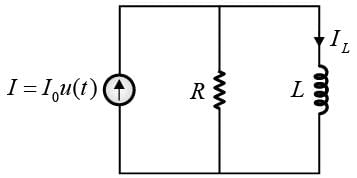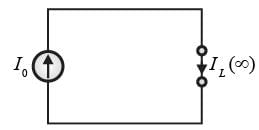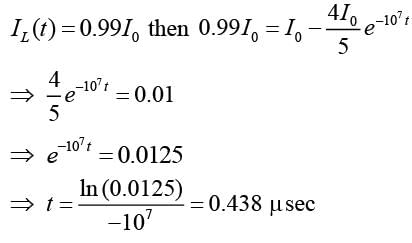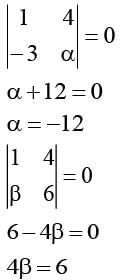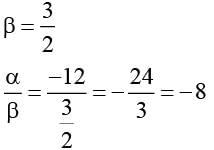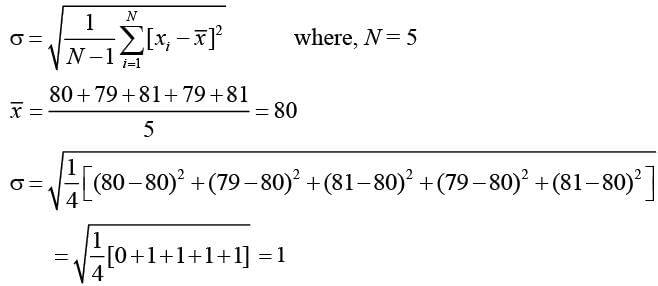GATE Instrumentation Mock Test - 3 - GATE Instrumentation MCQ
30 Questions MCQ Test GATE Instrumentation 2026 Mock Test Series - GATE Instrumentation Mock Test - 3
A number described as 'frabjous' is characterized as a three-digit number where all digits are odd and no two adjacent digits are identical. For instance, 137 qualifies as a frabjous number, whereas 133 does not. What is the total count of such frabjous numbers?
Ankita needs to ascend 5 stairs starting from the ground level, while following these rules:
1. At any moment, Ankita can either advance one stair or two stairs at a time.
2. At no point can Ankita descend to a lower step. Let F (N) represent the total number of distinct ways for Ankita to reach the Nth stair.
For instance, F (1) = 1, F (2) = 2, F (3) = 3.
What is the value of F (5)?
For instance, F (1) = 1, F (2) = 2, F (3) = 3.
What is the value of F (5)?
The genetic information encoded in DNA is utilized to produce proteins essential for life's processes. DNA consists of four nucleotides: Adenine (A), Thymine (T), Cytosine (C), and Guanine (G). This genetic information can be viewed as a sequence formed by these four nucleotides: A, T, C, and G. DNA is categorized into coding and non-coding regions, with coding regions being those where the nucleotide sequences are interpreted in triplets to create individual amino acids—making up only about 2% of the total human DNA. For instance, the nucleotide triplet CCG corresponds to the amino acid glycine, whereas the triplet GGA corresponds to proline. These amino acids are subsequently linked together to create a protein.
Based solely on the details given above, which of the following statements can be confidently inferred?
- (i) The vast majority of human DNA does not participate in protein synthesis.
- (ii) The function of approximately 98% of human DNA remains unclear.
Based solely on the details given above, which of the following statements can be confidently inferred?
What is the likelihood of obtaining the same number on all three dice when they are rolled simultaneously?
Given the digits: 2, 2, 3, 3, 4, 4, 4, 4, how many unique 4-digit numbers can be created that are greater than 3000?
Examine the circuit depicted below that incorporates the Si transistor.
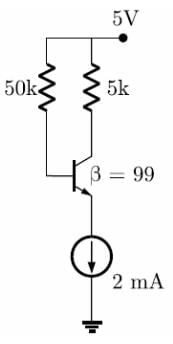
What will be the collector current IC and the operating region of the transistor?
The capacitance 'C' of a parallel plate capacitor is determined to be 20 pF based on the formula  where ε0 represents the permittivity of free space, er denotes the relative permittivity of the dielectric, A is the area of overlap between the plates, and d is the separation distance between them. The value of C is subsequently assessed with an ideal LCR meter, which is assumed to have no errors attributed to cable capacitance. Which of the following statements is likely to be accurate?
where ε0 represents the permittivity of free space, er denotes the relative permittivity of the dielectric, A is the area of overlap between the plates, and d is the separation distance between them. The value of C is subsequently assessed with an ideal LCR meter, which is assumed to have no errors attributed to cable capacitance. Which of the following statements is likely to be accurate?
The provided table illustrates the current state Q(t), the subsequent state Q(t 1), and the control input associated with a flip-flop. Determine the type of flip-flop.
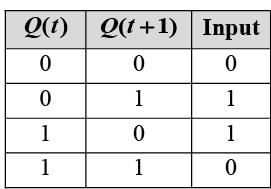
The charge density in the area R: x² y² ≤ 1, y ≤ 0 is defined as σ(x, y) = 1 C/m², where x and y are measured in metres. What is the total amount of charge (in Coulombs) present in the region R?
Determine the solution to the differential equation 
A light emitting diode (LED) produces light when it is _____ biased. A photodiode achieves its highest sensitivity to light when it is _____ biased.
When expressed as a power series centered at z = 2, it will yield  with a region of convergence (ROC) defined by |z - 2| < 1. The coefficients ak, where k ≥ 0, are provided by the expression________.
with a region of convergence (ROC) defined by |z - 2| < 1. The coefficients ak, where k ≥ 0, are provided by the expression________.

The function x(t), for t ≥ 0, that satisfies the differential equation  with the initial condition x(0) = 1 and
with the initial condition x(0) = 1 and  is
is
Let x and y be two random variables such that E[x2] = E[y2] and both have a mean of zero. Define two new random variables w1 and w2 as follows: w1 = x y and w2 = x − y. What is the correlation coefficient between w1 and w2?
What is the Nyquist sampling rate (in samples per second) for the signal x(t) = sin c(200t) sin2 c(1000t)?
The count of zeros of the polynomial P(s) = s3 2s2 5s 80 in the right half of the s-plane is _________.
Given the function f(x) = x(x − 2), what is the value of 'c' as per Lagrange's mean value theorem for f(x) when a = 0 and b = 1.5? (Provide your answer rounded to two decimal places)
In a p-i-n photodiode, a light pulse that comprises 8 x 1012 incident photons at a wavelength of λ0 = 1.55 mm results in an average collection of 4 x 1012 electrons at the device terminals. What is the quantum efficiency of the photodiode at this wavelength in percentage (%)?
A pressure sensor of the quartz piezoelectric type is equipped with an integrated charge amplifier. The sensitivity of this sensor is 1 µV/Pa. When exposed to a constant pressure of 120 kPa, what is the steady-state output of the transducer?
Examine the following assertions regarding a discrete linear time-invariant (LTI) system characterized by its frequency response and impulse response h[n]:
1. 
2. The system is causal.
3. The discrete-time Fourier transform (DTFT) of h[n 1] is purely imaginary.
Which of the following statements is correct in relation to the above assertions?
What is the simplified expression of the Boolean function F (W , X , Y , Z ) = ∑(4, 5,10,11,12,13,14,15) that contains the least number of terms and the fewest literals in each term?
A continuous real-valued signal x(t) possesses finite positive energy and is defined as x(t) = 0,  for t < 0. From the options listed below, identify ALL the signals whose continuous-time Fourier transform is entirely imaginary.
for t < 0. From the options listed below, identify ALL the signals whose continuous-time Fourier transform is entirely imaginary.
What is the output frequency (in Hz) of the circuit illustrated below?

An RL circuit with resistance R = 10 kΩ and inductance L = 1 mH is subjected to a step current I0 u(t). At the moment just before t = 0 (denoted as t = 0-), the current through the inductor is IL = I0/5. What is the minimum time required for the current in the inductor to reach 99% of its final value, expressed in microseconds (rounded to two decimal places)?
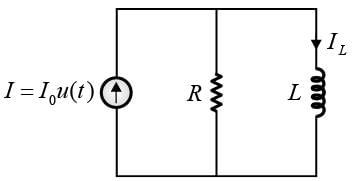
How many five-digit numbers can be created using the digits 3, 4, 5, and 6, ensuring that one digit appears exactly twice?
The rank of the following matrix A is one. What is the value of the ratio α/β ________. (rounded to the nearest integer)
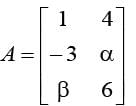
A linear variable differential transformer (LVDT) has two secondary outputs that produce a voltage of 2 V (RMS) when the core is in the zero displacement position. It has been observed that the phase of one of the secondaries deviates by one degree from the anticipated phase. Aside from this phase shift, the LVDT behaves ideally. Given that the differential output sensitivity of the LVDT is 1 mV (RMS)/1 μm, what is the output at zero displacement, rounded to one decimal place? __________ μm.
A weighing machine is used to take five measurements, yielding readings of 80 kg, 79 kg, 81 kg, 79 kg, and 81 kg. The sample standard deviation of these measurements is _______kg (rounded to two decimal places).
Four strain gauges RA, RB, RC, and RD, each having a nominal resistance of R, are arranged in a bridge configuration. When a force is applied, RA and RD increase by ΔR, while RB and RC decrease by ΔR as illustrated. A potentiometer with a total resistance of RV is connected as shown. Given that R = 100Ω and ΔR = 1Ω, what is the minimum resistance RV needed to balance the bridge? Provide your answer rounded to two decimal places.
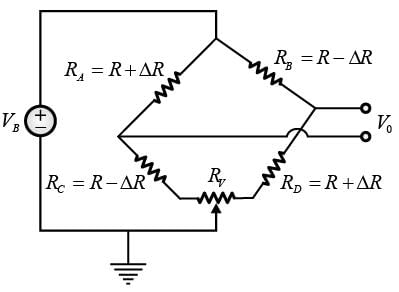
A 3-1/2 digit true RMS multimeter with a maximum reading of 1.999 V possesses an accuracy of ± 0.1% of the reading ± 2 digits. It is utilized to measure a 100 A (RMS) current in a line using a Class-1 current transformer with a ratio of 100:5 and a burden of 0.1 Ω ± 0.5%. What is the maximum absolute error in the output of the multimeter, expressed in volts and rounded to three decimal places?





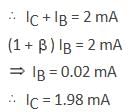
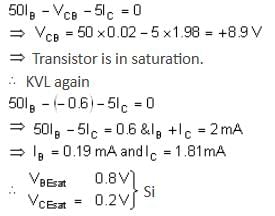
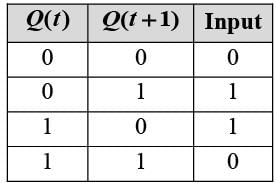
 Input ...(i)
Input ...(i) T
T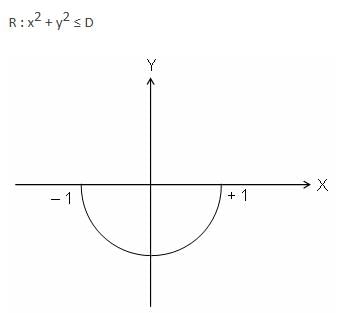
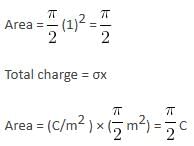

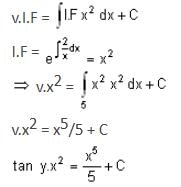
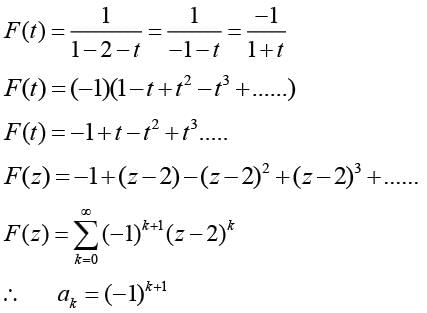


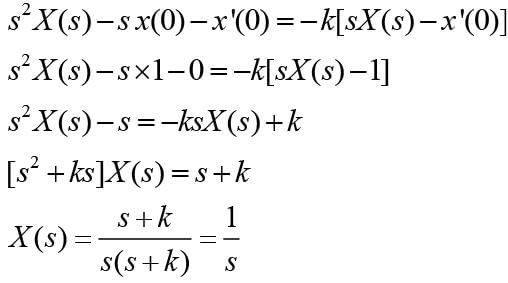
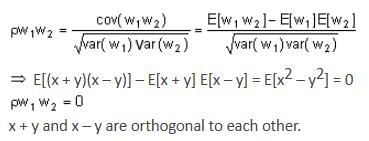
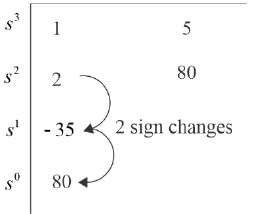
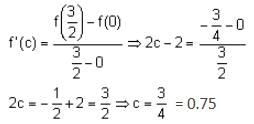
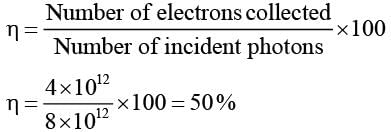
 implies h[n] is real.
implies h[n] is real.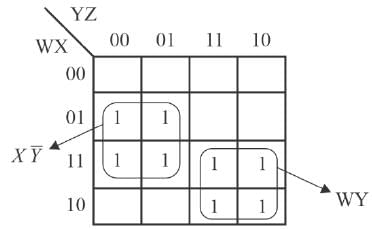

 t < 0 .
t < 0 . 
